Atrial septal occlusion devices are implantable cardiac devices used in patients with certain types of atrial septal defects or patent foramen ovale 4.
They are used in cases of atrial septal defects with right atrial or ventricle enlargement, to prevent paradoxical embolism, left-to-right shunting and platypnea-orthodeoxia syndrome 1. However, only secundum atrial septal defects are suitable for closure with such devices 2.
The devices, inserted percutaneously, are deployed using a catheter and consist of a self-expanding double disk composed of nitinol mesh 3. The disks sit on both sides of the septal defect and occlude the defect. The Amplatzer® Septal Occluder (ASO) is the most common atrial septal occlusion device 3. These devices have also been used in the closure of muscular ventricular septal defects 3.
Radiographic features
Plain radiograph
On frontal radiographs, they appear as a circular disk-like structure visible over the location expected to be the interatrial septum 1, and mostly related to a thoracic vertebral body. It is barely discernible on the portable seated frontal view.
On the lateral view, most of them have a butterfly shape of the double disc components. They typically lie below a line drawn from the carina to the cardiac apex. Also, their location corresponds to a line drawn between the anterior margin of the right hilum and the posterior margin of the inferior vena cava (hilar-caval line) which defines the anatomical location of interatrial septum 5.
Ultrasound
Echocardiography
Echocardiography is usually performed to ensure proper device positioning and to monitor for the presence of a residual shunt 1.
MRI
This device is generally MRI conditional and safe 6.



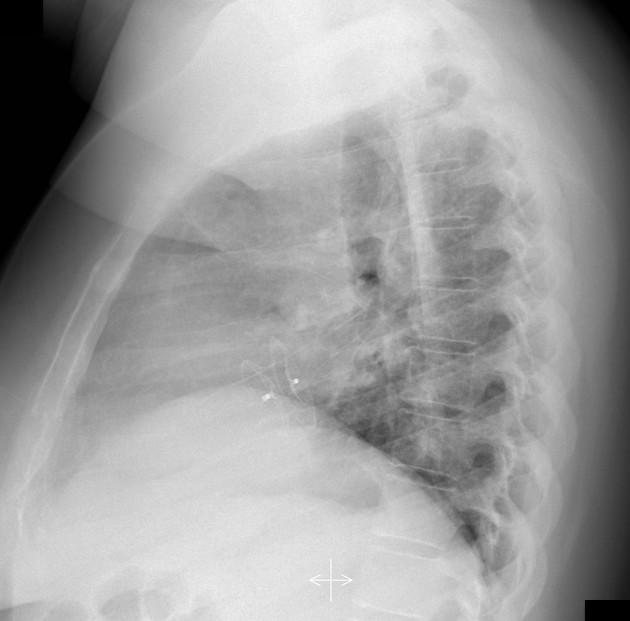
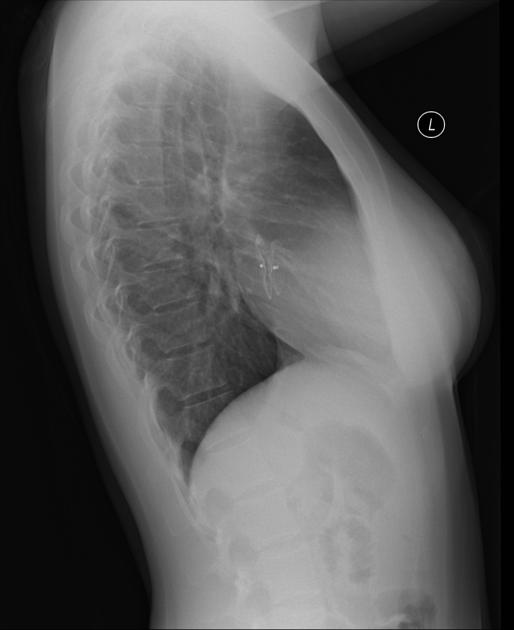
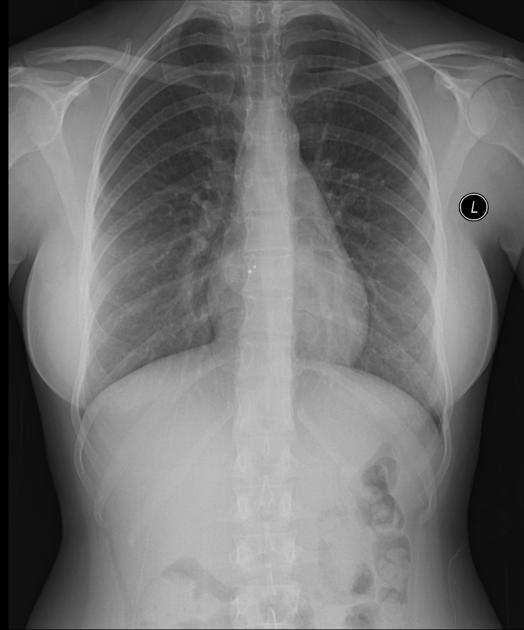
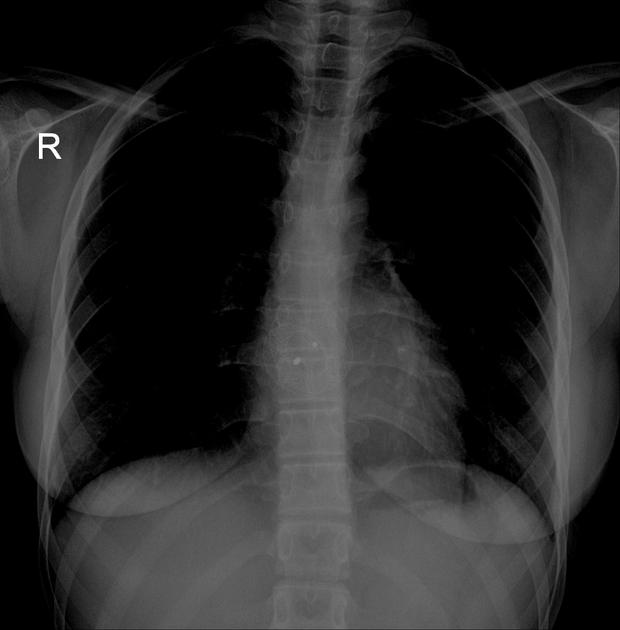
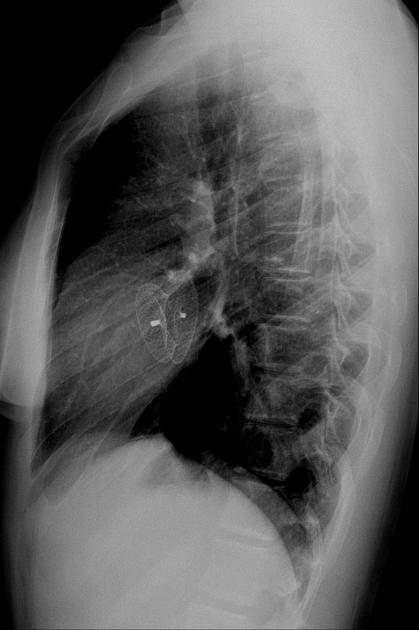

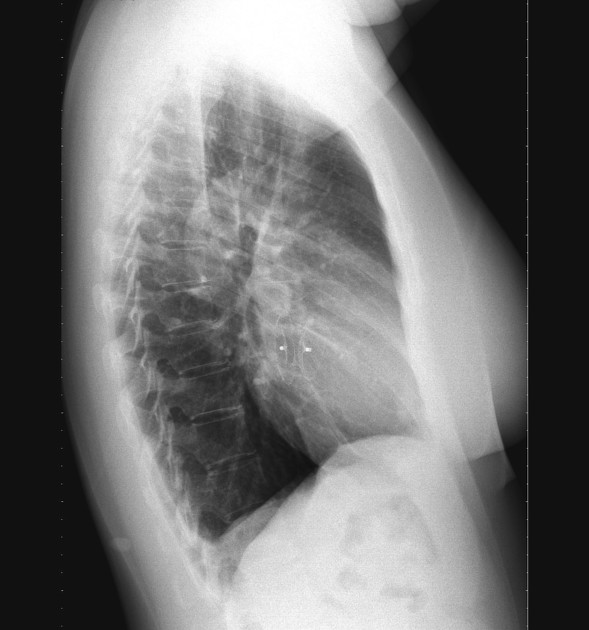
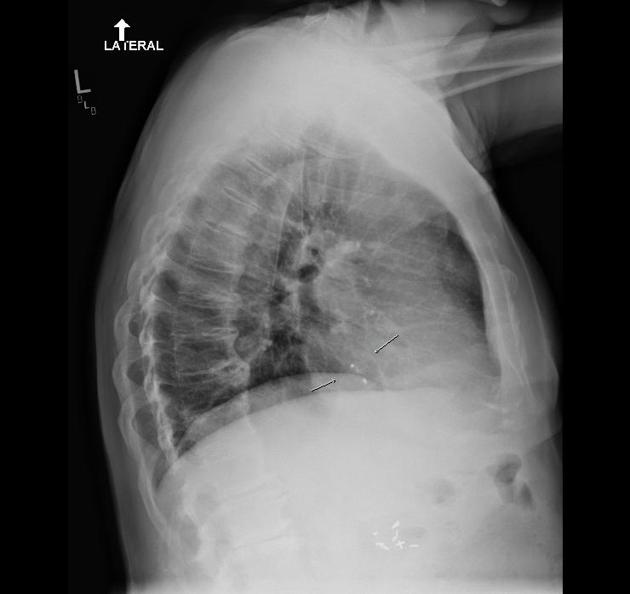
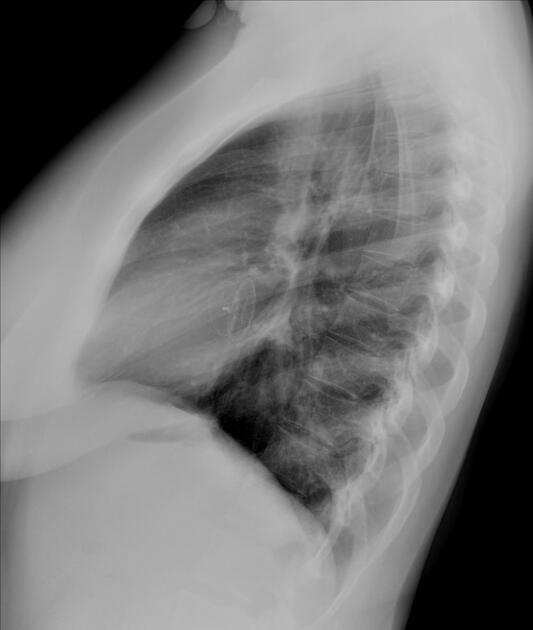
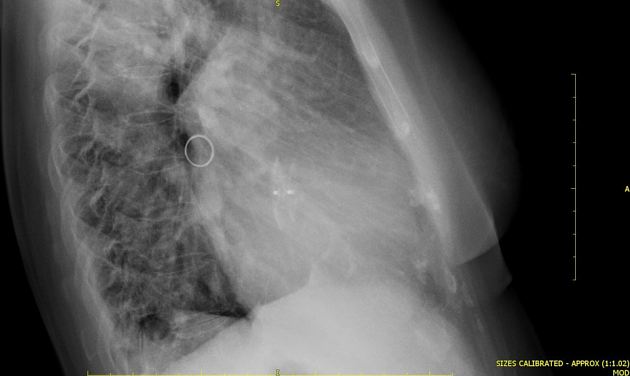
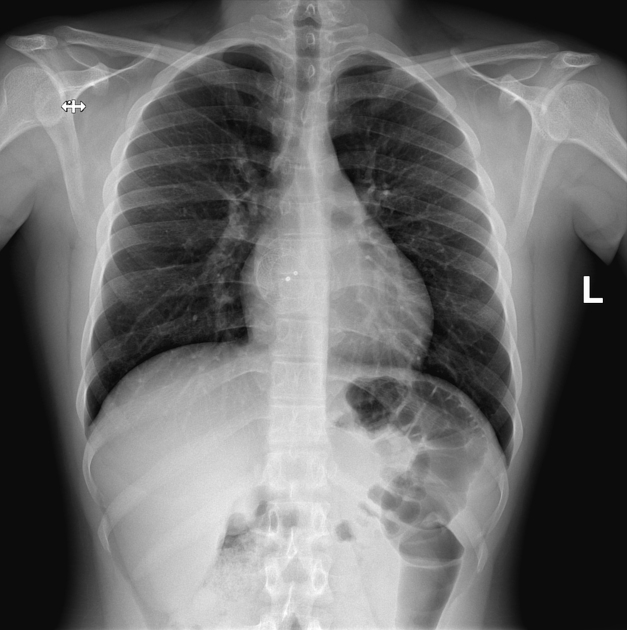


 Unable to process the form. Check for errors and try again.
Unable to process the form. Check for errors and try again.